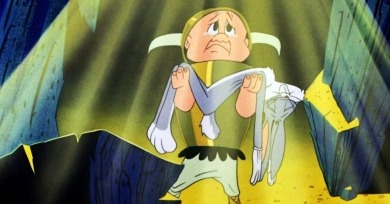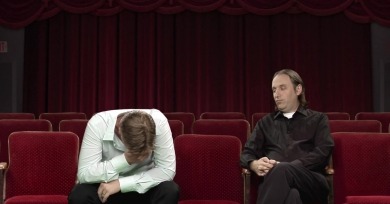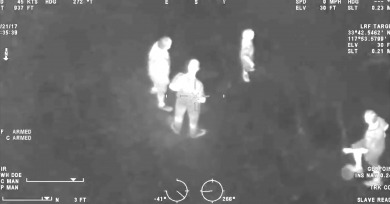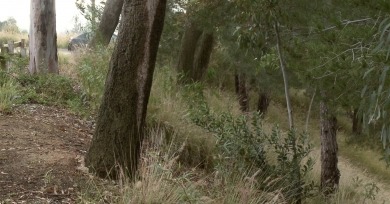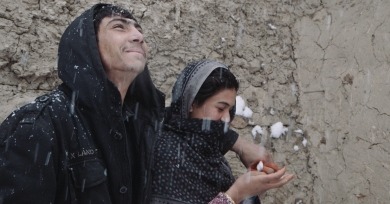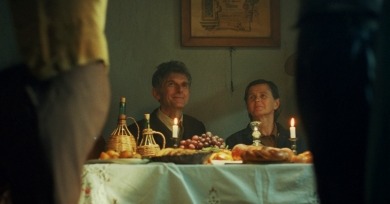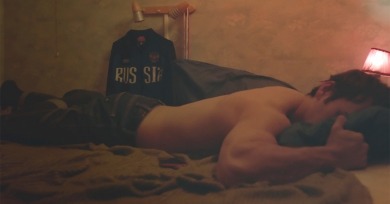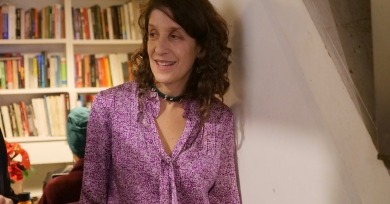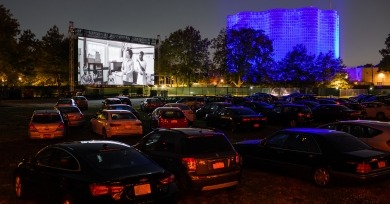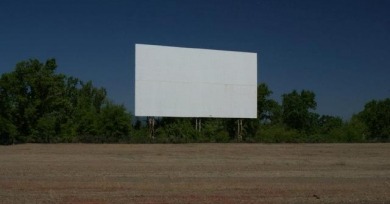At the Museum
Goings-on at Museum of the Moving Image
First Time displays a conceptual rigor, its clear segmentation and wordless progression creating a characteristic, riddle-like fusion of sensation and mental reflection.
One of Bugs Bunny’s greatest attributes is that he transcends the rational to become one of Hollywood entertainment’s greatest anti-establishment heroes.
A mysterious fascination keeps one watching as On Cinema chugs along, playing out like a never-ending purgatory of what in most universes would have been a short curiosity sketch.
"As humans, we always want the fireworks. We want the show. But actually a volcano is always erupting. And, as is also true about cinema, the more you learn about the language of a director, the more you can appreciate the idiosyncrasies or the details."
Color is dulled entirely, and reality, visually and morally, appears black and white. When the world is reduced to such simple terms, all that's left is for you to hover your crosshair over that burning target and pull the trigger.
Unless the viewer is aware of the overall structure and has a stopwatch, no cut will be expected and each will appear devoid of motivation, at least according to the conventions that govern editing in Hollywood, art-house, and even many avant-garde films.
Through decades of a certain kind of documentary storytelling and news reporting, audiences are so used to seeing images of poverty and abjection that the even the smallest act of affection comes across as extraordinary and radical.
There are fantastical elements in the film, mainly the presence of ghosts who play music when Dora and, later, Mario are near death, but they never intersect with the central relationship of Mario and Marta.
People reliving or articulating past traumas on screen is fairly standard in social issue documentaries. What is most striking about Silent Voice is that it presents its main subject, Khavaj, and his personal story without inflicting more pain or describing it in detail, even if the shocks to his mind and body are still painfully tangible.
An older woman walks along Steinway Street in Astoria with a strong sense of purpose. She is shot by an unknown cameraperson who wields his lens like a sniper, tracking her as she moves. The woman periodically stops men on the sidewalk, earnestly asking benign questions that quickly becoming intensely personal.
The film follows the creation of the Documentary Village, a festival and a post-production hub in the village of Lussas, in southern France.
I bought a 16mm Bolex windup camera in 1987. And that is the camera I use. Wow. Can you think of all the cameras and cell phones and computers and laptops that each one of us has had in those intervening years? And I love that. I don't have to worry about batteries.
The drive-in is inextricable from the history of censorship in big-budget American cinema, and is also inextricable from the history of the automobile in the U.S., which is in turn inextricable from the history of suburbanization.
The drive-in would become, in the postwar period, a symbol of untethered, ever-expanding, pedal-to-the-medal America, both a communal living room for Baby Boom parents and a prowling ground for teenagers.

